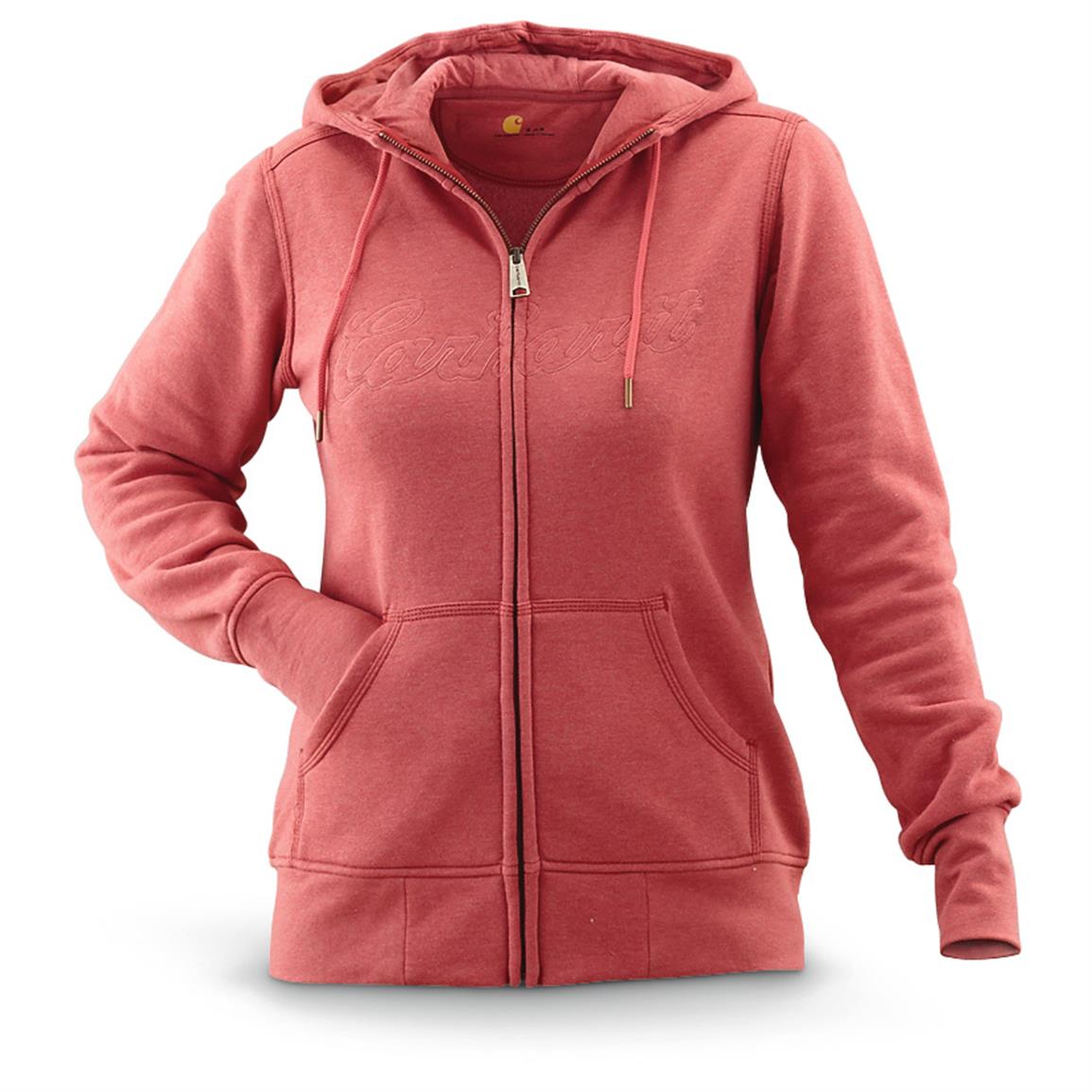Sweatshirts are long-sleeved shirts that are typically constructed from thick cotton fabric. They are usually worn as casual clothing but aren't so formal as sweater s and cardigans. They do not usually have the hood. If you are interested in buying a sweatshirt here are some suggestions:
Norma Kamali spread the appeal of sweatshirts
Since the end of the 70s, Norma Kamali has been transforming the simple sweatshirt into a work of art. Her designs have become an integral part of almost every woman's wardrobe. Her distinctive styles range from a tummy-tucking crew neck to leather-paneled sweatshirts . She has also created clothing in unique shapes, such as a tank top with a long trumpet skirt.
A partnership of the designers and sweatshirt manufacturer Everlast gave rise to her Timeless line, which was an instant hit when it was featured in Spiegel's spring 2006 catalog. The collection was made up of interchangeable and convertible knits in classic shapes and many of the pieces were priced under $20. Even the Kamali's Timeless collection wasn't available in stores, customers could still find these pieces through eBay or Poshmark.
Merino wool sweatshirts are more comfortable than sweatshirts with soft fabrics.
Merino wool is renowned for its moisture-wicking capabilities which help to keep you comfortable and dry. Merino wool is an organic fiber and also offers a more comfortable feel. It also drys quickly compared to other natural materials. In addition, it is a sustainable resource. The merino sheep shed coats each year, and then grow new ones.
The weight-to-heat ratio of merino wool is what makes it a popular choice for sweatshirts . It helps to regulate the body's temperature because of its natural loft, which retains heat in the fibers. This is why Merino wool sweatshirts are great for outdoor activities in the summer, such as mountain biking, hiking, and running. The warmth it provides keeps the wearer well-hydrated and cool, something that is essential when working out.
Zip-front hoodies have kangaroo pocket
Kangaroo pocket Hoodies are a well-loved style of hoodies. These hoodies have a large pocket in the front, which keeps your hands warm on cold days. They are much more practical than traditional pockets as they allow the hands to slide in and out with ease.
Kangaroo pockets are usually large enough to hold a wallet or some other personal items. They are commonly big enough to hold one hand in a smaller size and are wide enough to fit two hands. They feature wide openings on either side and can be used to carry small items.
French Terry fabric is a well-loved fabric for sweatshirts.
The French terry fabric is made of soft yarns that are knit into loops and is typically midweight. It is also known because of its capacity to absorb away moisture and is already pre-shrunk. French terry is a great option for sweatshirts since it is warm when you need it and keeps you cool when you're trying to cool down.

French Terry is also a popular choice for loungewear, since it is stretchy enough and has enough flexibility to feel good against your skin. It also allows enough air to circulate around the fabric, which makes it ideal for layering under other clothing. Furthermore, since it's lighter than most sweatshirts you can wear it throughout the year without feeling warm or cold.
Hoodies can be classist.
While it may seem that hoodies are just an appropriate clothing item for working class people but the truth is that they have a classist connotation. Hoodies were first popularized in the early 1970s in New York, where graffiti artists wore them to hide their identities. In 1976 Hoodies made their main appearance in the film "Rocky," when the protagonist of the film was a working class man in hooded gray sweats on his famous climb up the Philadelphia Museum of Art.
Hoodies are often associated with destruction, death and other negative items, yet they serve a practical purpose. For instance, monks and priests can wear hoods to demonstrate respect and a sense of self-control.
